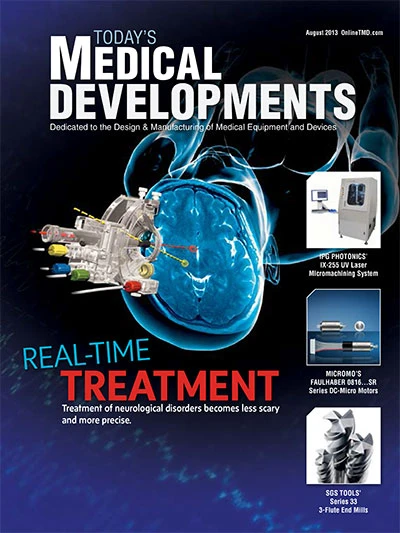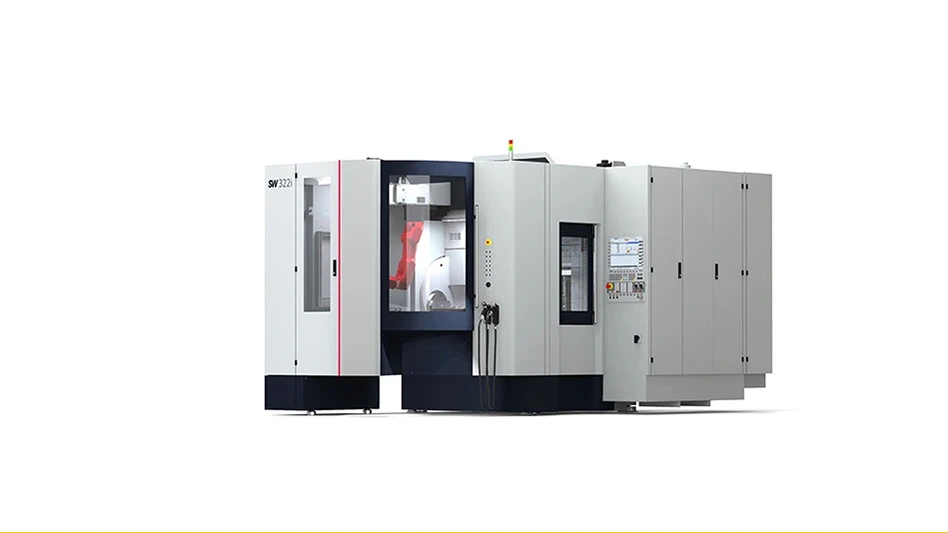.jpg) |
Wireless Lifeline
Engineers from Cambridge Consultants are working with the Institute of Metabolic Science (IMS) at Addenbrooke’s Hospital in Cambridge, U.K., on groundbreaking research to create an artificial pancreas. The engineers are developing an application that will allow a continuous glucose meter (CGM) to communicate with a smartphone or tablet via Bluetooth and then link to an insulin pump – creating an artificial pancreas that can be worn by people with Type 1 diabetes. The CGM will monitor the patient’s glucose levels every 1 to 5 minutes, with the information generated passed on to a connected smartphone or tablet that will calculate the amount of insulin needed to keep the patient’s glucose at a steady level, 24/7. The recommended dosage will then be delivered automatically to patients via the pump worn under their clothing.
Patent for PediGuard Pedicle Screw
SpineGuard officials announced the company has been issued a U.S. patent for the integration of its PediGuard sensor technology directly onto the tip of a pedicle screw. The sensor of the PediGuard technology is embedded in the implantable pedicle screw itself, and the electronic is located in the screwdriver handle. This handheld device is capable of alerting surgeons to potential pedicular or vertebral breaches, while real-time feedback is provided via audio and visual signals.
Pedicle screw-based stabilization has become the gold standard for treating spine instabilities and deformities. This market is growing due to the increasing number of patients requiring surgical treatment and a larger number of surgeons being trained in pedicle screw-based technologies. However, accuracy remains a critical issue in spine surgery. In recently published papers studying screw placement accuracy, the average rate of misplaced screws is approximately 20% (Tian 2011, Gelalis 2011, Verma 2010), with 2% to 7% of patients presenting neurologic complications (Amato 2010, Amiot 2000, Waschke 2012), and 4% to 5% of patients having vascular complications (Sarlak 2009, Samdani 2009, Belmont 2002) due to misplaced screws.

Explore the August 2013 Issue
Check out more from this issue and find your next story to read.
Latest from Today's Medical Developments
- Tariffs threaten small business growth, increase costs across industries
- Feed your brain on your lunch break at our upcoming Lunch + Learn!
- Robotics action plan for Europe
- Maximize your First Article Inspection efficiency and accuracy
- UPM Additive rebrands to UPM Advanced
- Master Bond’s LED415DC90Med dual-curable adhesive
- Minalex celebrates 60 years of excellence in miniature aluminum extrusions
- Tormach’s Chip Conveyor Kit for the 1500MX CNC Mill





